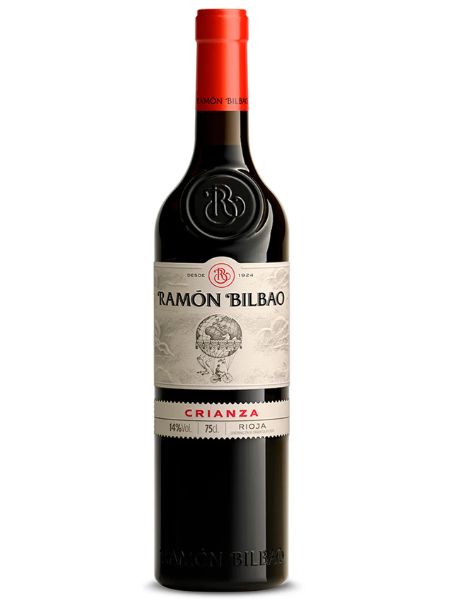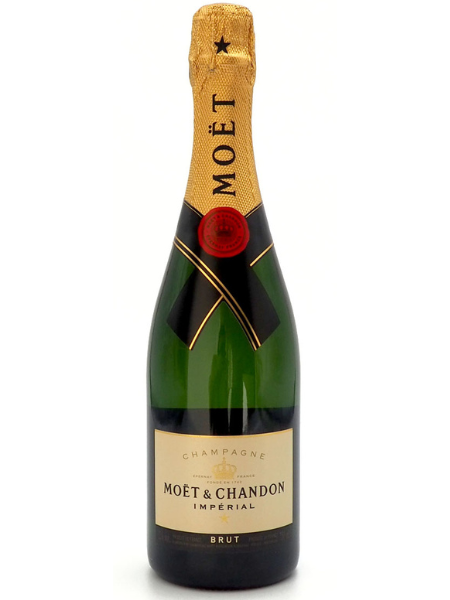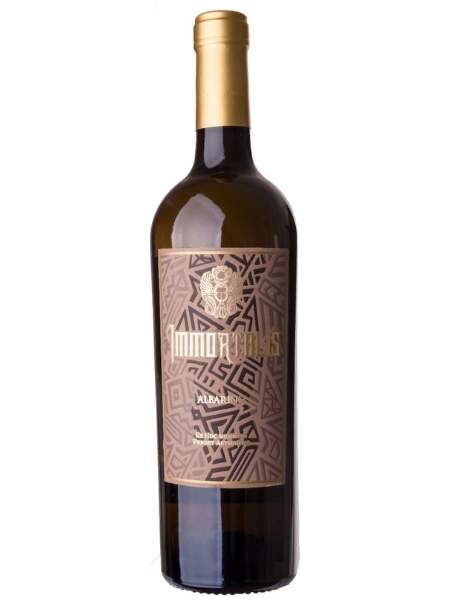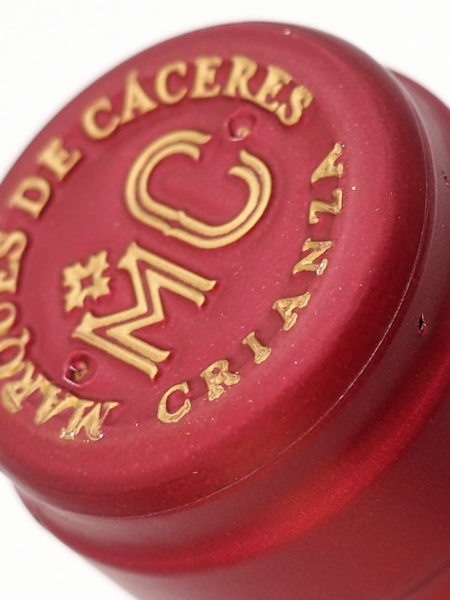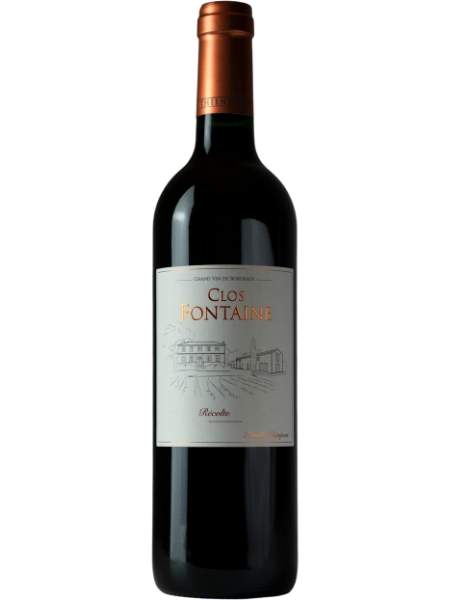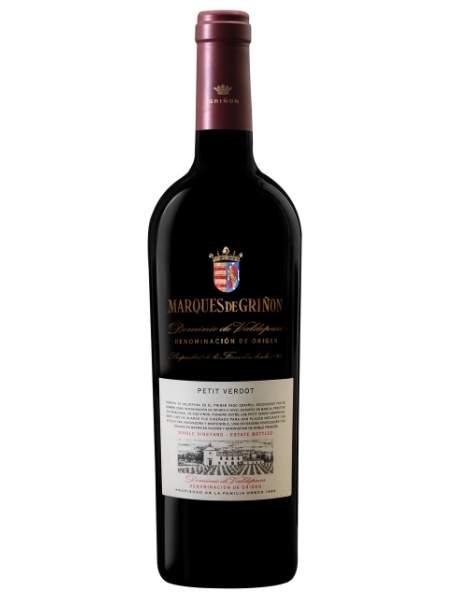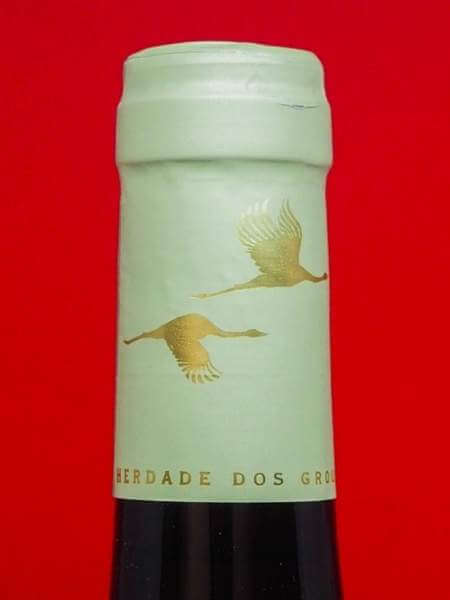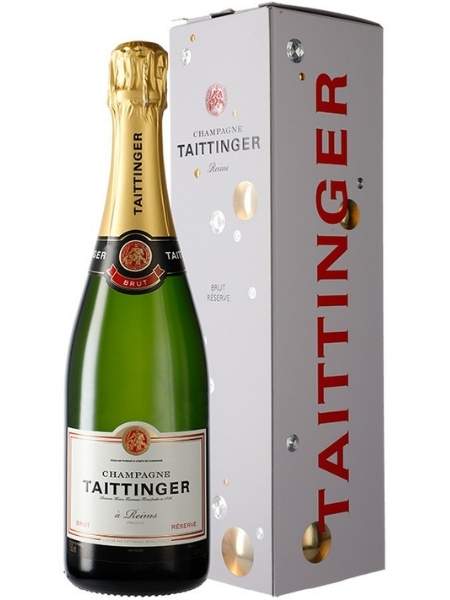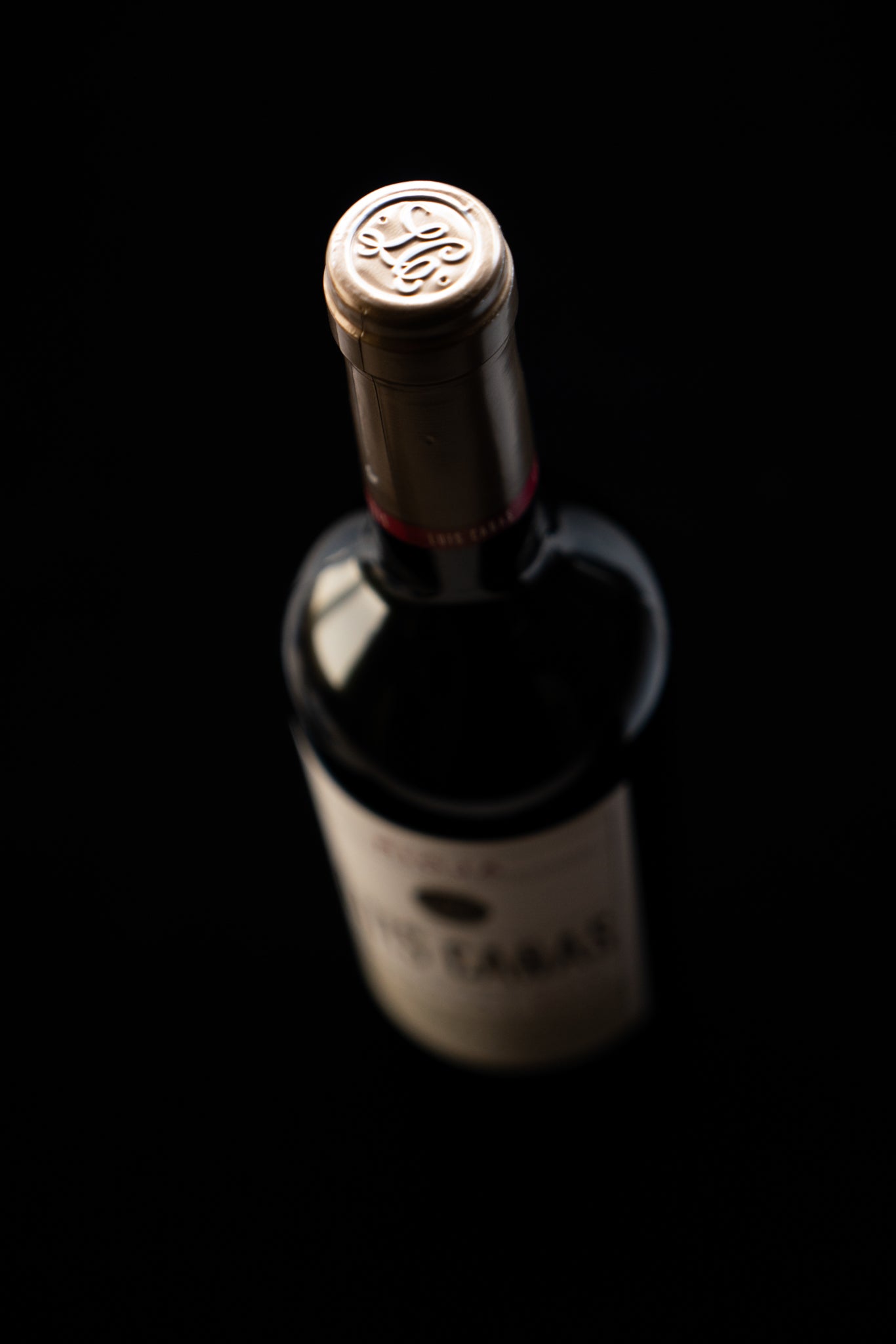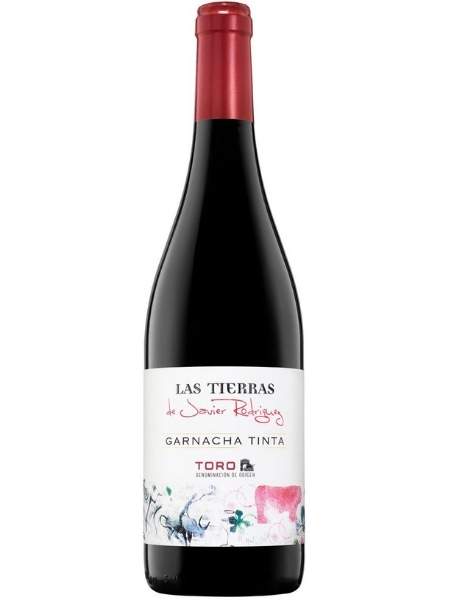
What makes a wine buttery?

Wine is no longer just considered as a mere drink, but it has evolved into an experience of smell, taste, and texture. One of the most intriguing aspects of wine is the buttery texture. It has become a trendy characteristic among wine lovers and enthusiasts. The silky smooth and creamy sensation on the palate is a luxurious sensation that should be savored at least once in your life. In this post, we’ll talk about what makes a wine buttery and why it is one of the most sought-after qualities in wine.
What is the "buttery" feeling in wine?
The buttery sensation in wine is usually caused by Malolactic Fermentation (MLF). The process in which harsh malic acid is converted into milder lactic acid, creating a creamy, buttery flavor. MLF, sometimes known as just ML, is a bacterial conversion that usually takes place in white wines, including Chardonnay. When conducted, MLF decreases the acidity of the wine, resulting in a noticeably softer taste.
The use of oak barrels during the aging process is another factor that can contribute to the buttery taste. It is due to a chemical process known as diacetyl formation. When the wine is fermented in contact with oak, the oak helps form compounds that add a buttery flavor to the final wine. As an added benefit, oak barrels can also add subtle hints of vanilla or nutmeg, increasing the overall complexity of the wine.
The grapes used can also influence the taste of the final wine. Chardonnay grapes specifically contribute to the buttery flavor profile, resulting in a wine that is naturally more buttery. They are also grown in regions with a cooler climate, which enhances their natural acidity, and gives the wine a vibrant citrus flavor.
The length of time the wine spends in contact with yeast lees is another contributing factor in creating a buttery wine. Lees are the remains of the dead yeast that were responsible for fermentation. When the wine is left in contact with the lees, the wine’s flavor becomes richer, with a thicker texture. This process is known as sur-lie aging. It adds more complexity to the flavor profile of the wine while also aiding in its richness.
In Conclusion
A buttery wine is a luxurious experience that delights the senses. While there is not one definitive characteristic that makes a wine buttery, it is the combination of several factors such as Malolactic Fermentation, oak aging, grape selection, and yeast lees contact that all have a significant impact on the wine’s flavor and texture. The beauty and luxury of a buttery wine lie in the complexity of its flavor profile and the sophistication it brings to your wine experience. So, next time you’re in the mood for a rich and buttery wine, look for wines that have undergone MLF and oak aging, and rest assured that you’ll be in for a decadent treat.









